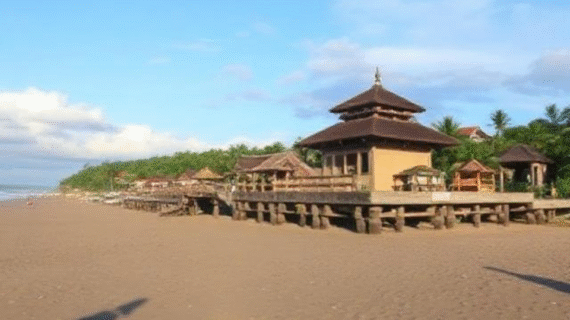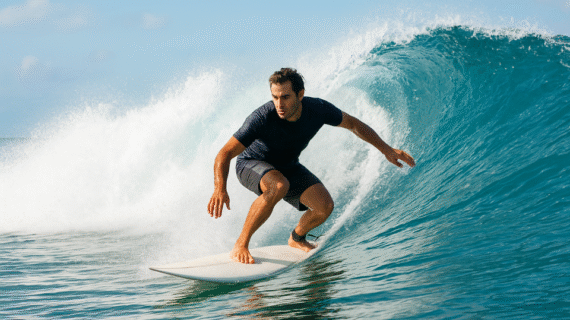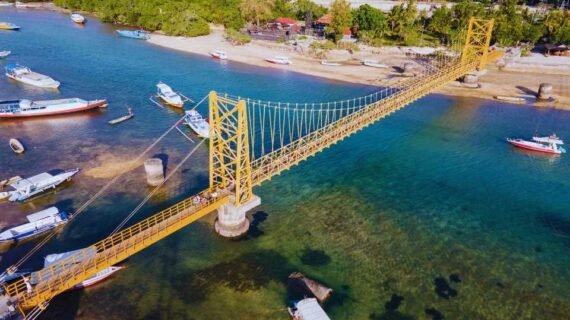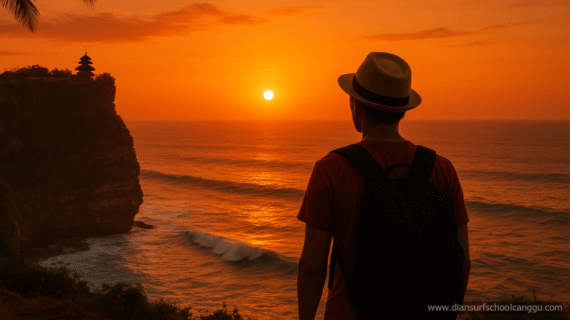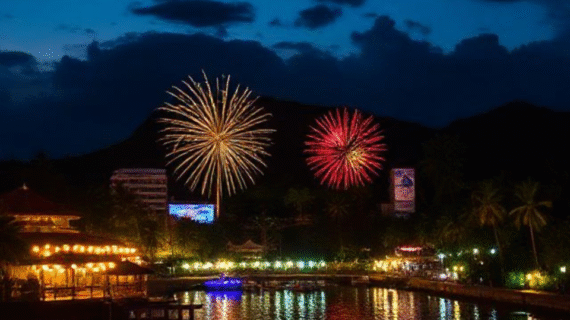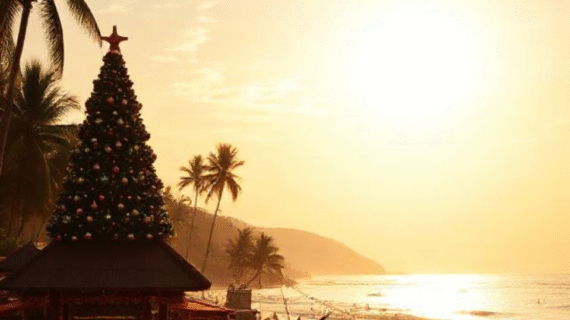The Best Time To Visit Canggu, Canggu has become one of Bali’s most popular coastal destinations—loved for its surf-friendly beaches, laid-back lifestyle, trendy cafés, coworking spaces, nightlife, and beautiful rice field scenery. While Canggu is enjoyable year-round, the experience can feel very different depending on when you visit. If you want the best weather, best surf, or fewer crowds, understanding the seasons will help you plan the perfect trip.
Canggu’s Climate in a Nutshell
Canggu has a tropical climate with two main seasons:
- Dry Season: April to October
- Wet Season: November to March
Temperatures stay warm all year, averaging 26–32°C, so it’s always beach weather. What changes most is the rainfall, humidity, and surf conditions.
Best Time to Visit Canggu for the Best Weather
Dry Season (April to October)
This is the most popular time to visit Canggu. The skies are sunny, humidity is lower, and evenings are breezy—perfect for beach days, sunset walks, and exploring around Bali.
Why travelers love dry season:
- Clear blue skies
- Perfect sunset views at Batu Bolong and Echo Beach
- Great for surfing on the west coast
- Best for outdoor activities, day trips, and beach clubs
This is also the peak tourism season, so you can expect more crowds and higher prices—but the weather is hard to beat.
Read When Is rainy Time In Bali
Best Time to Visit Canggu for Surfing
Canggu is one of Bali’s most consistent surf zones, but the best surf depends on the season.
Dry Season:
Offshore winds create clean waves at Batu Bolong, Berawa, Echo Beach, and Pererenan. Ideal for all levels.
Wet Season:
Canggu still gets waves, especially early morning, but west-coast winds can be unpredictable.
For the best surf:
- Visit May to September
- Surf early for smooth conditions
- Choose higher tides for Batu Bolong and Echo Beach
Best Time to Avoid Crowds
If you want a more relaxed Canggu experience, aim for the shoulder months:
April
Great weather at the start of dry season, before Bali gets busy.
October
Still sunny and warm, with fewer tourists than July–August.
These months offer a perfect balance: good weather, cleaner surf, and easier bookings for hotels and restaurants.
Best Time to Visit Canggu for Budget Travelers
Canggu’s low season runs from November to March, during Bali’s wet months.
Benefits:
- Lower hotel and villa prices
- Less traffic and smaller crowds
- Super lush green rice fields
Rain usually comes in short tropical bursts—often in the afternoon or evening—so mornings are still great for exploring and surfing.
Read More How Canggu Bali Has Change
Best Time for Digital Nomads
Canggu is a top hub for remote workers, thanks to its coworking spaces, cafés, and strong Wi-Fi. Nomads usually prefer:
May, June, September, October
These months offer great weather without peak-season crowds, making it easier to find accommodation and workspaces.
Best Time for Sunset Lovers
Sunsets in Canggu are spectacular almost any time of year, but the clearest skies are from May to August. Beachfront spots like La Brisa, The Lawn, and Echo Beach deliver some of the best golden hours in Bali during these months.
Wet Season: Is It Worth Visiting?
Absolutely. Even though it rains more from November to March, Canggu still has plenty to enjoy:
- Surf is fun in the mornings
- Cafés and restaurants are quieter
- Villa prices drop
- Air feels fresh and the landscape turns bright green
The wet season is perfect for travelers who want a slower, more affordable Bali experience.
Final Thoughts
The best time to visit Canggu depends on what you’re looking for:
- For perfect weather: April–October
- For best surf: May–September
- For fewer crowds: April & October
- For budget trips: November–March
- For digital nomads: May, June, September, October
Canggu is a year-round destination with something special to offer every season. Whether you’re coming for surf, sunsets, work, or relaxation, you’ll always find a reason to fall in love with this part of Bali.

